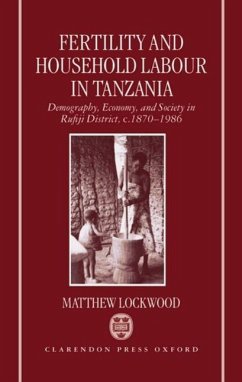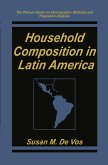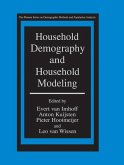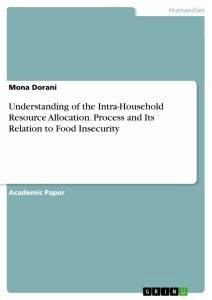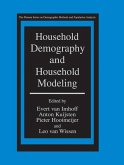This book is an interdisciplinary study of the way in which human reproduction interweaves with the reproduction of society and economy in coastal Tanzania. Combining demography, history, and sociology, and with a breadth of theoretical discussion and empirical detail, it offers a new methodology for the study of African fertility and the role of household demography in agrarian economies. Part I provides a political economy of changing fertility. Demographic patterns are situated within the wider social and economic context, in particular the transformation of marriage in relation to kinship and local political structures, and child-spacing dynamics rooted in the moral exonomy of gender. In Part II, the author examines the implications of demographic patterns for people's work-loads and economic fortunes at the individual and household level. Based on extensive field-work in a Tanzanian village, the analysis shows the importance of women's involvement in rice cultivation, and the fluidity of life cycles.
Combining demography, history, and sociology, this book offers a new methodology for the study of African fertility and a new definition of the role of household demography in agrarian economies. It provides a useful perspective on the ways in which human reproduction both reflects upon and reacts with the reproduction trends of society and economy in coastal Tanzania. Part I asserts a political economy of changing fertility; Part II studies the implications of demographic patterns for people's work-loads and economic fortunes at the individual and household levels.
Combining demography, history, and sociology, this book offers a new methodology for the study of African fertility and a new definition of the role of household demography in agrarian economies. It provides a useful perspective on the ways in which human reproduction both reflects upon and reacts with the reproduction trends of society and economy in coastal Tanzania. Part I asserts a political economy of changing fertility; Part II studies the implications of demographic patterns for people's work-loads and economic fortunes at the individual and household levels.

